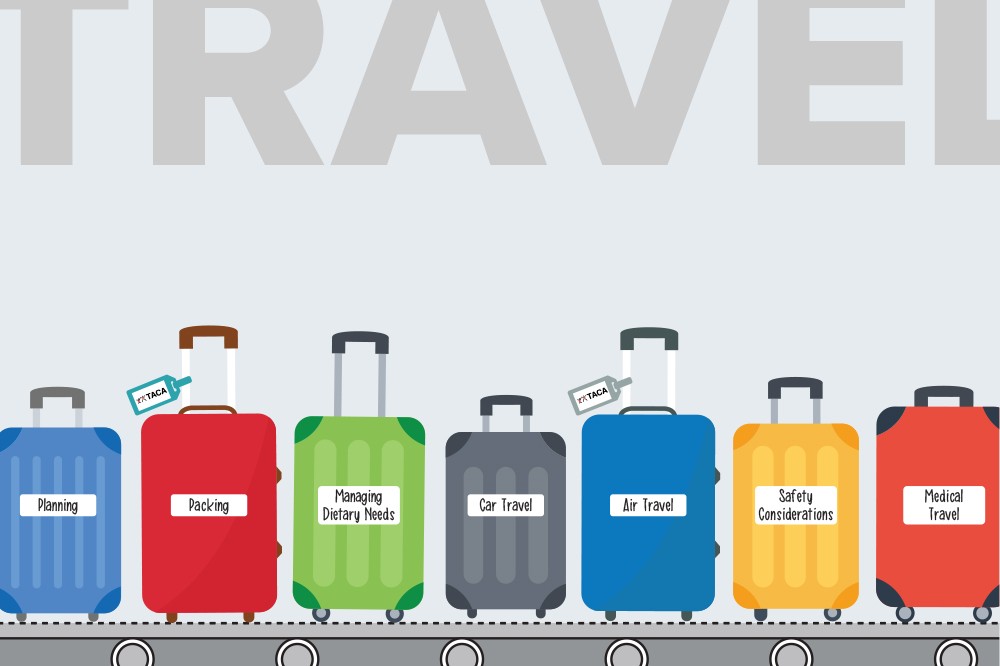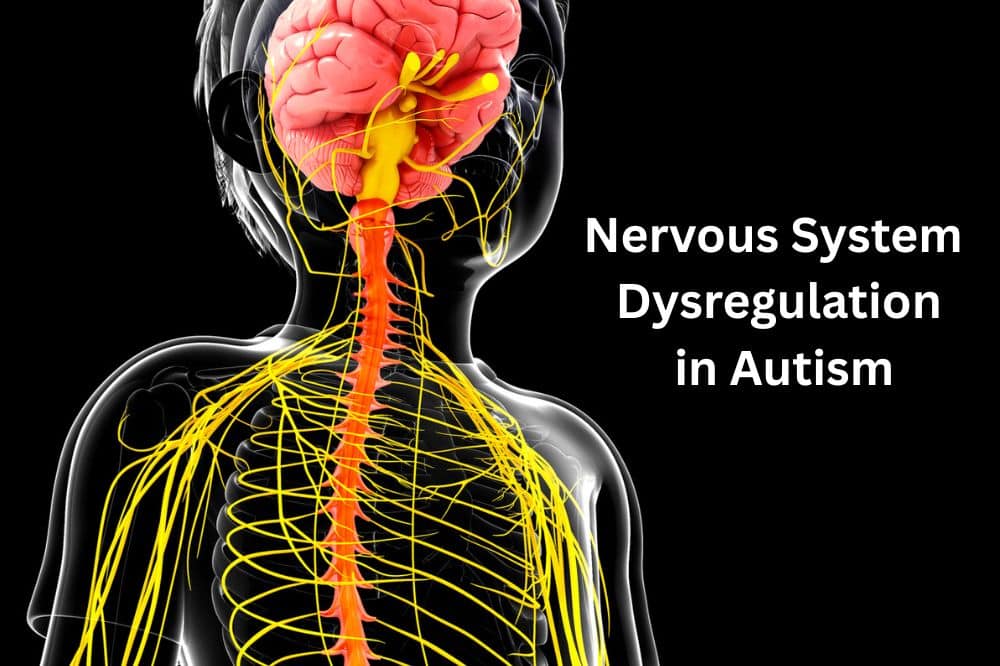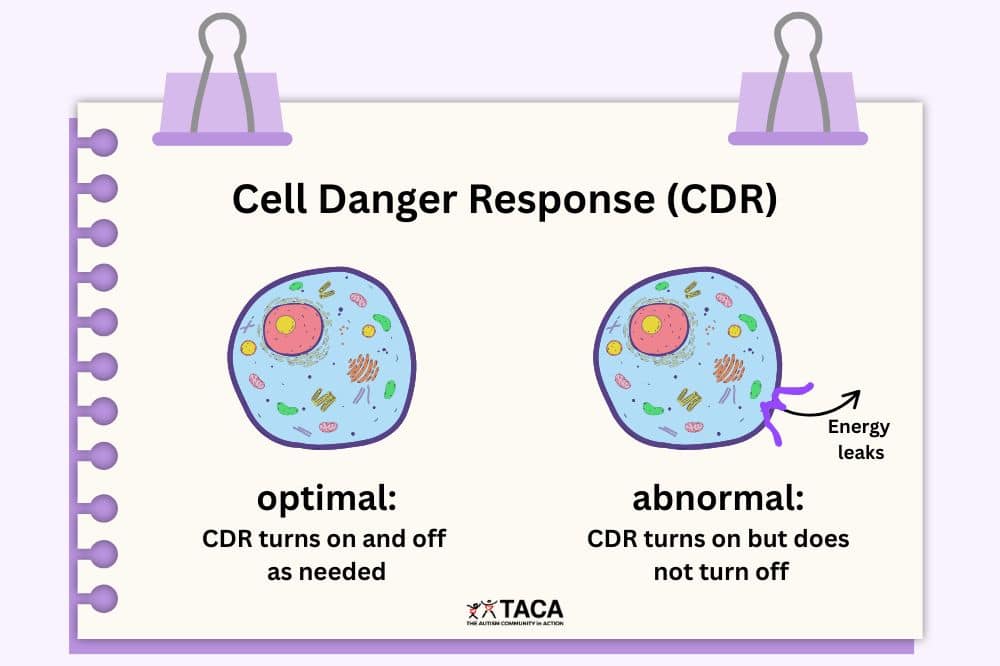Traveling with Your Child with Autism

All contents of this resource were created for informational purposes only and are not intended to be a substitute for professional advice, diagnosis, or treatment. Always seek the advice of your physician, therapist, or other qualified health providers with any questions or concerns you may have.
Traveling can be an important part of creating a meaningful life for your child because it opens the door for them to experience the world, build relationships with extended family members and friends, or even receive necessary specialized medical care. Traveling with a child who has autism may come with some unique challenges, but that doesn’t mean it’s impossible.
Below, you will find tips for planning, packing, managing dietary needs, car travel, air travel, and safety considerations that will help you have an enjoyable trip. We’ve even included a few money saving tips for those who are traveling for medical care.
Planning
The key to successful travel with any family lies in preparation, but that is especially true when it comes to traveling with a child on the autism spectrum.
- Help your child develop travel skills by taking short trips before you embark on the “big” trip.
- Troubleshoot to avoid potential problems:
- Visualize each setting on your travel itinerary.
- List potential challenges your child may encounter in each of those settings.
- Figure out ways to overcome those challenges and prevent meltdowns from happening.
- Involve people on your child’s team (therapists, teachers, aides, etc.) for ideas and help.
- In the months and weeks leading up to your trip, use social stories, pictures, and video-modeling to familiarize your child with your destination as well as the mode of transportation you are using to get there.
- Reduce stress on everyone by scheduling ample time to reach your destination or catch your plane.
- As much as possible, try to maintain your child’s normal routine (especially meal and bed times).
- Develop a travel itinerary or portable picture schedule for your child to help them know what to expect.
- Make sure your child has a way to communicate their needs to everyone they may come in contact with.
- Don’t assume that a travel representative understands how to accommodate your child’s needs even if they have some sort of autism certification or training. Just because they have experience working with other people on the spectrum, doesn’t mean they know what your child’s individual needs are.
- If possible, bring someone along to help with caretaking responsibilities.
Packing
- Let your child practice packing and unpacking so it is not a surprise for them to see their things packed up in suitcases/bags.
- Pack comfort items, toys, electronic devices, books, movies, food – whatever will keep your child happy and entertained for the entire duration of your transit time.
- Stash away a few favorites a couple of weeks before your trip. Pull them out, one at a time, throughout your flight, car, or train ride to help pass the time.
- Don’t forget extra portable chargers and batteries!
- Bring some of TACA’s “My Child Has Autism” cards to hand out to strangers that don’t understand your child’s behaviors.
- If flying, pack only the necessities in your carry-on and check the rest. It’s a lot easier to maneuver through security and crowds when you aren’t lugging around a ton of bags.
Managing Dietary Needs
Bringing some or all of your own food may be necessary in order to ensure your child has something safe to eat.
- If you drive, you can take as much food as your car can hold in coolers or boxes.
- For bus or train travel, they don’t limit liquids but they do limit space, so find out their restrictions BEFORE you pack.
- If you take a plane, you are limited by both space and the amount of liquid you can carry on board, so you will want to bring solid foods and snacks. After you pass through security, you can buy water or juice.
- Pack extra food just in case you experience a delay – you don’t want to add “hanger” to an already difficult situation.
Car Travel
- Call ahead to restaurants along your route to verify they will be able to accommodate your child’s dietary needs or pack all of your child’s meals and snacks.
- Have your car serviced before you leave to avoid unexpected breakdowns.
- Some kids with sensory processing disorder are prone to motion sickness, so monitor your child for signs of distress.
- Pack cleaning supplies and an extra set of clothes (in an easily accessible location) just in case your child gets sick, has a toileting accident, or spills.
- Schedule sensory breaks along your route.
- Deep pressure activities can be calming for our kids, so have them jump up and down for a bit during breaks and pack a weighted blanked or lap pad.
- Research health food store locations so you know where to buy safe foods once you arrive.
Air Travel
Flying by air can be the fastest way for you to get to your destination, but it can also present the most challenges if you’re traveling with a child who has autism. Some examples of challenges your child may encounter when traveling by air include:
- Navigating through a crowded, noisy airport (especially if your child elopes)
- Waiting in many different lines
- Security checkpoints
- Routine flight delays
- Behaviors that can be misinterpreted as “suspicious” or “disruptive” and may get your family removed from a flight
The good news is that thousands of families successfully overcome these challenges and take to the skies every day. This means that your family can too!
Months and Weeks Before Your Flight
- Familiarize your child with air travel by letting them know what to expect:
- Create Social Stories with pictures of the airports you will be traveling in and out of to visually walk your child through the process.
- Search for videos of airport walk-throughs on YouTube like this one.
- Purchase books and coloring books like The Noisy Airplane Ride by Mike Downs or My Plane Trip.
- Contact your local airport to enquire about enrolling in a Flight Rehearsal Program, which gives your child an opportunity to practice nearly every aspect involved with air travel:
- Checking-in, obtaining a boarding pass, checking luggage, passing through security, waiting in the boarding area, boarding, taxiing to the runway, returning to the gate, exiting the plane, gathering checked luggage –basically everything except taking off.
- Take field trips to the airport and walk around the areas that are open to non-ticketed visitors.
- When booking your flight, let the airline know you will be traveling with someone who has autism:
- Look for a box to check when purchasing tickets online or call the airline’s special assistance hotline.
- It’s always a good idea to call a few days before you travel to verify that the information you gave the airline when booking your flight is still attached to your reservation.
- Book nonstop flights to avoid potential issues such as meltdowns during transitions and missed, delayed, or cancelled flights.
- Opt for red eyes to avoid crowds or if you think your child will sleep on the plane.
- Reserve a seat in a location on the plane that works for you:
- Bulkhead seats are roomier and eliminate the possibility of seat-kicking.
- A center seat if looking out the window causes anxiety or to prevent your child from bolting into the aisle.
Getting Through Security
- Be prepared to provide proof of your child’s diagnosis.
- Become acquainted with and utilize the services that TSA Cares provides:
- Contact them 72 hours before your flight to discuss ways they can assist your party in overcoming potential challenges while going through the security screening process.
- Download and print out the TSA Notification Card. The card does NOT exempt your child from the screening process. However, it will give TSA officials a “heads-up” that your child has autism, and open the door for a conversation about the best way to get them safely through security. If needed, they may even conduct the screening in a more private setting.
- In some circumstances, you can request for a TSA passenger support specialist to meet you upon arrival and assist you throughout the entire process all the way up to the gate.
- Medications:
- Make sure medications are clearly labeled.
- Pack medication in a way that will make it easy for you to separate it from other belongings during the screening process.
- Inform TSA agents if you have:
- Medications that are in liquid form
- Medications that need special handling (i.e. they cannot go through the x-ray machine and need to be visually screened instead).
- Freezer packs, IV bags, pumps, syringes, etc. that are needed to administer medication or keep it at a certain temperature.
At the Gate and on the Plane
- Request to pre-board to avoid standing in line on the jet bridge and make it easier for everyone in your party to get to their seats.
- Make sure your child has access to their noise-cancelling headphones or earplugs – airports and airplanes are loud!
- Prepare a way for your child to cope with the sensation of taking off and landing. Have them drink from a straw, eat a snack, chew gum, suck on candy, or chew on a chew toy.
- Let the passengers seated around you know that your child has autism, how they can interact with them, and how to help if a problem arises.
- Have some of TACA’s “My Child Has Autism” cards handy to give to anyone who appears disgruntled by your child’s behavior.
Safety Considerations
Wandering
While wandering and accidents can happen at any time, being in an unfamiliar environment can increase this risk. For this reason, constant vigilance is a must when traveling with a child who has autism. Especially since communication issues can make it difficult (or impossible) for your child to tell someone that they are lost and how to find you.
- Designate one responsible adult to keep eyes on your child at all times.
- Make sure your child always has some form of identification on them:
- Order bracelets or necklace tags that have identifying information on them from places like Lauren’s Hope or Road ID.
- If needed, write your name(s) and cell phone number(s) on paper and put in the pockets of every piece of clothing your child is wearing – pants, shirt, jacket, shoes, socks, etc.
- Consider temporary tattoos or even writing your contact information somewhere on your child’s body with a Sharpie.
- Give your child a pre-programmed cell phone with just 911 and your cell number.
- Keep your hands ON your child at all times or use the “bookend” approach where one adult is on each side of them.
- On the day of travel, use your cell phone to take a photo of your child to ensure you have a picture that is recent and captures what they are wearing that day just in case they get lost.
- If necessary, consider using more restrictive gear like harnesses and tracking devices from places like Project Lifesaver or Angel Sense.
- The National Autism Association and Autism Speaks also have some great tools and resources to help prevent wandering.
Medical Emergencies
Hopefully, you will never have a medical emergency while you’re traveling. However, just in case one does occur, it’s a good idea to create a travel “emergency kit” that includes the following printed materials:
- A letter from your doctor(s) indicating all of your child’s diagnoses detailing any specific needs during an emergency.
- Allergies to medications and foods.
- A list of all prescription drugs and supplements your child is currently taking.
- Contact information for all of the doctor’s and specialists on your child’s team.
- Health insurance information.
Money Saving Tips for Medical Travel
Some families need to travel in order to receive specialized medical care for their child with autism. Below are some options to explore to help with transportation and lodging expenses.
Air Travel
Air Charity Network
Autism Escapes
National Patient Travel Center
Miracle Flights
Mercy Medical Airlift
Angel Flight
If you know people with airline points, they can donate them to you for tickets.
Lodging
If you have to stay in another city for your child’s appointment with a specialist you might be able to skip a hotel and stay at a hospitality house. Some houses may even have a shuttle to/from the airport and hospital.
Ronald McDonald House
Stays at Ronald McDonald house include meals, but they are unlikely to meet your child’s specific dietary needs. Plan ahead as much as you can. Call the location prior to your trip and find out about availability, food options, and to discuss any other issues that would make your stay more comfortable.
Remember, much of your travel expenses can be written off on your income taxes.
Conclusion
Traveling with a child who has autism might pose some challenges, but those challenges can be overcome. With a little preparation and planning, you and your child can take a trip that is not only safe, but enjoyable too.




